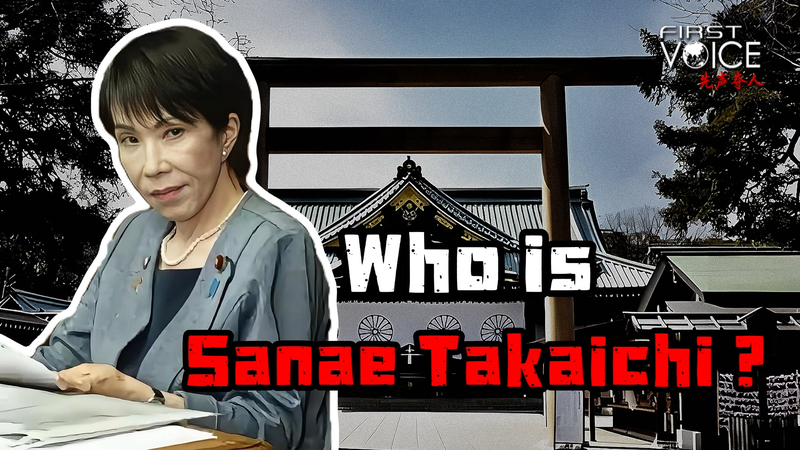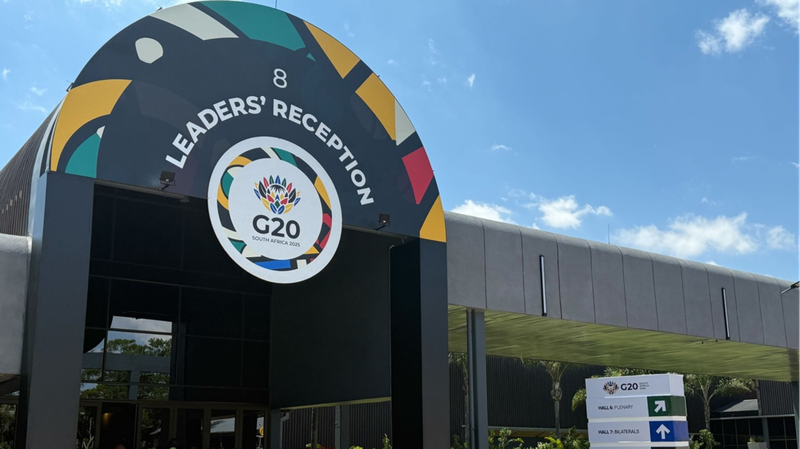Ever heard of “Western Persistent Disappointment Syndrome”? 🤔 It’s not a medical condition, but it’s something that’s been making waves in global discussions lately. Let’s dive in and see what it’s all about!
So, What Exactly Is It?
“Western Persistent Disappointment Syndrome” (WPDS) is a term used to describe a pattern where some Western perspectives consistently express dissatisfaction or skepticism about developments in other parts of the world. This could be about economic growth, technological innovations, or social changes that don’t align with certain Western expectations.
Why Is Everyone Talking About It?
In our hyper-connected world 🌐, news and opinions spread faster than ever. As countries in Asia, Africa, and Latin America rise and make significant strides, it’s shifting the global balance. Sometimes, these positive changes may be met with doubt or criticism from Western commentators, leading to what we now call WPDS.
What Does It Mean for Us?
For us in South and Southeast Asia, this is super relevant! Our regions are buzzing with innovation, culture, and growth 🚀. Understanding WPDS helps us navigate international perceptions and encourages us to tell our own stories. It’s all about owning our narrative and celebrating our achievements.
Breaking the Cycle
Instead of letting WPDS bring us down, let’s flip the script! By promoting open dialogues and sharing authentic experiences, we can bridge gaps and foster mutual understanding. After all, collaboration beats skepticism any day! 🤝
The Bottom Line
“Western Persistent Disappointment Syndrome” sheds light on how perceptions can differ globally. By staying informed and confident in our journeys, we contribute to a more inclusive and exciting world. Keep shining, fam! 🌟
Reference(s):
cgtn.com




